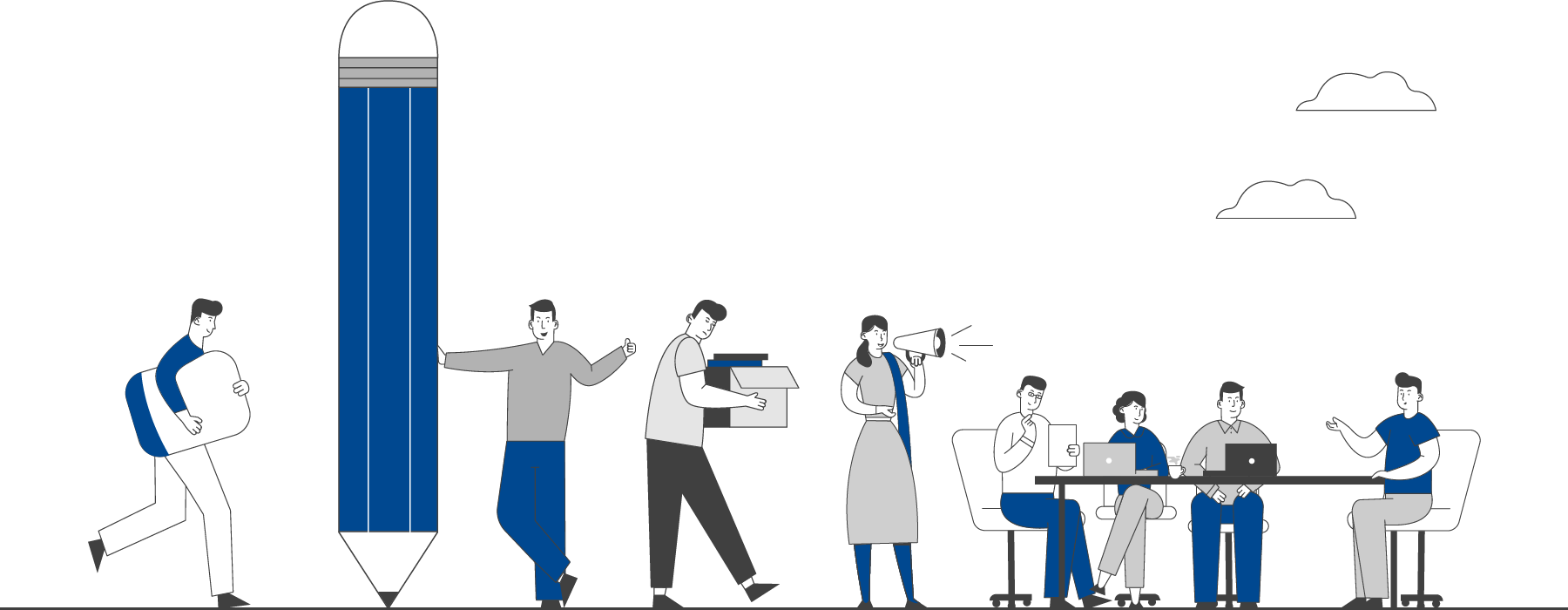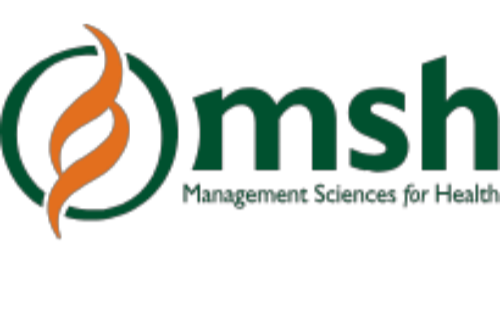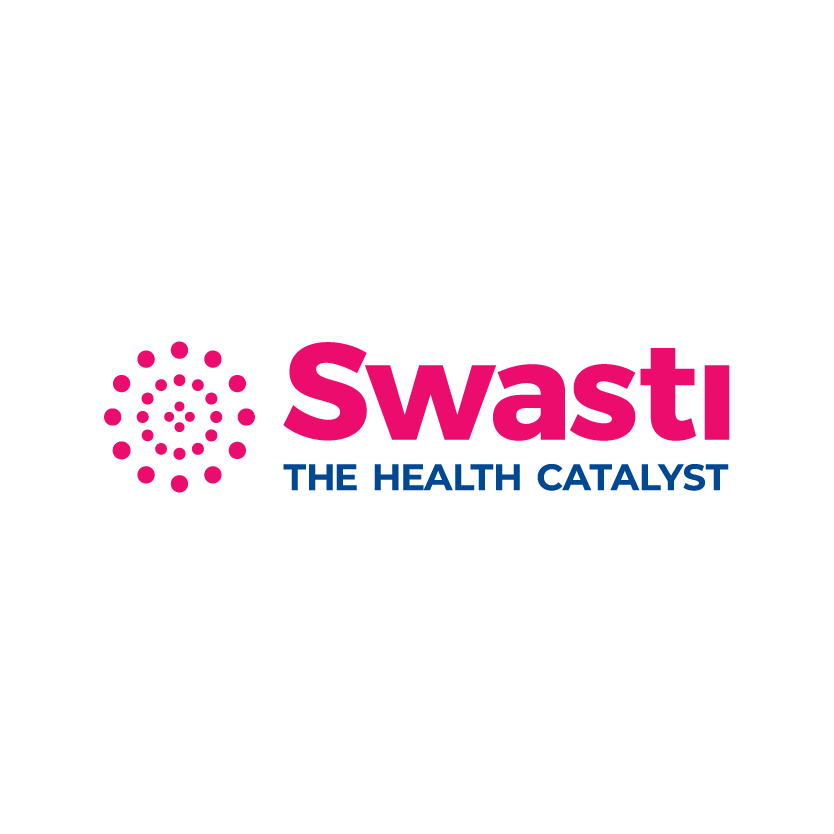

This section hosts guidelines, manuals and toolkits to strengthen public health practice.
Resources
FILTER
BY CATEGORY
View All
PRIORITIZING LEARNING DURING COVID-19
16 Apr 2022by World Bank, UNICEF OVER 1 HOUR
The short- and long-term impact of the Covid-19 crisis onchildren’s1 education, wellbeing, and future productivity is profound. Almost two years after schools 2 began closing in most countries across the world, governments need to take urgent steps to limit the damage. This second Global Education Evidence Advisory Panel (GEEAP) report draws on insights from the latest research to document the impacts of and responses to Covid-19. It offers guidance on how education systems in LICs and MICs can respond to the damage caused by the pandemic and ensure that the learning needs, especially of marginalized and disadvantaged groups, are addressed. The report provides practical, focused advice for policymakers—advice that represents the consensus recommendations of an independent, interdisciplinary panel of global experts, based on the best evidence available during a rapidly changing crisis.
Key recommendations
Prioritize keeping schools and preschools fully open. At the end of 2021, some school systems are still fully closed, and many are only partially open, while the spread of the Omicron variant threatens further restrictions. As governments make tough decisions about what activity to restrict in the face of new variants, the evidence suggests education must be prioritized: general economic activity has often recovered rapidly as lockdowns ease, but school closures have caused large and persistent damage to children’s education and future productivity which is hard to address. While school closures hurt all students, the costs are highest for already disadvantaged groups including poor students while adolescent girls face particular challenges. School closures also harm children by negatively affecting their mental health and in many countries their nutrition, again disproportionately affecting disadvantaged groups. Preventing these costs to children motivates keeping schools fully open. Moreover, there is accumulating evidence that children, especially younger children, are very unlikely to get severely ill from Covid, and teachers have low risk of catching Covid from their students if mitigating action is taken. Even in the case of new outbreaks, schools should be the last institution to close and the first to reopen, given the relatively low risk of transmission and the high cost to youth.
Reduce transmission in schools. The risk of transmission in schools can be sharply reduced with measures that can be adopted, even in LICs. The risks will never be zero, so teachers must be prioritized for vaccination. There is strong evidence that masks reduce community transmission and that surgical masks are substantially more effective than cloth masks. Ventilation - including simply opening lots of windows - provides protection. While handwashing is important, transmission through the air is dominant, hence the use of ventilation and masks must be prioritized.
Adjust instruction to reflect the new reality and focus on important foundational skills. Children have lost substantial school and learning time due to school disruption and the minimal effectiveness of most remote instruction. Failure to recognize and respond to learning loss is one of the reasons previous temporary school closures led to permanent damage. Governments should start by understanding where students are: how much has learning, enrolment, and attendance fallen? They must then design a response that allows teachers to teach to the actual learning level of the child, not where we hope they are. This could include catch-up programs focused on foundational skills, use of adaptive software for schools that have computers, additional instruction time, and remedial tutors.
Have adequate support to help children learn. Providing teachers with simple teaching guides combined with strong monitoring and feedback systems can help them structure their pedagogical approach and ensure that children learn effectively. Additional tutoring can also help children catch-up.
Lessons learned during school disruption. Many innovations were introduced while schools were closed or partially closed. This experience provides important lessons for future school closures and potentially for improving education more generally, especially if attendance continues to be disrupted even when schools are open.
a) Leverage existing technology. Remote online education was not available to most students in LICs and MICs and was not as effective as in-person learning even for those who could access it. However, technology will be part of the solution in all education systems. In some cases, technology can be used to expand support to teachers and reach them with support material and training at scale; in other cases, it can be used as a classroom tool to improve teaching effectiveness. Moreover, simple steps to keep in touch with students via the phone proved effective in several countries and their use could be further explored.
b) Encourage parental engagement. Parents are always important in education but too often they are ignored by policymakers. During Covid-19, they were often forced to take on a larger role. While this level of involvement is not sustainable, parents have been shown to be protagonists of their children’s education. Studies prior to the pandemic demonstrate how some parental involvement approaches can increase children’s learning at low cost to the parent. These include direct communication from schools to parents, engaging more with young children in educational activities, reading books to a child (where the parent is literate), or sharing simple exercises for the parent to use with their child by text or phone call. Supporting the role of parents must be part of public policy in the medium term.
Without large-scale, effective, and swift government action, the impact of the Covid-19 crisis on education will be catastrophic for children in LICs and MICs. This report is designed to provide practical steps and policy options to guide governments’ investments and protect children’s futures.
To read the guide, download the linked file.
Related File :
5351053277.pdfCategories
COVID-19

 EXPLORE DATA
EXPLORE DATA 



























